News
Maintenance Strategies and Key Points for Scissor Lift Platforms
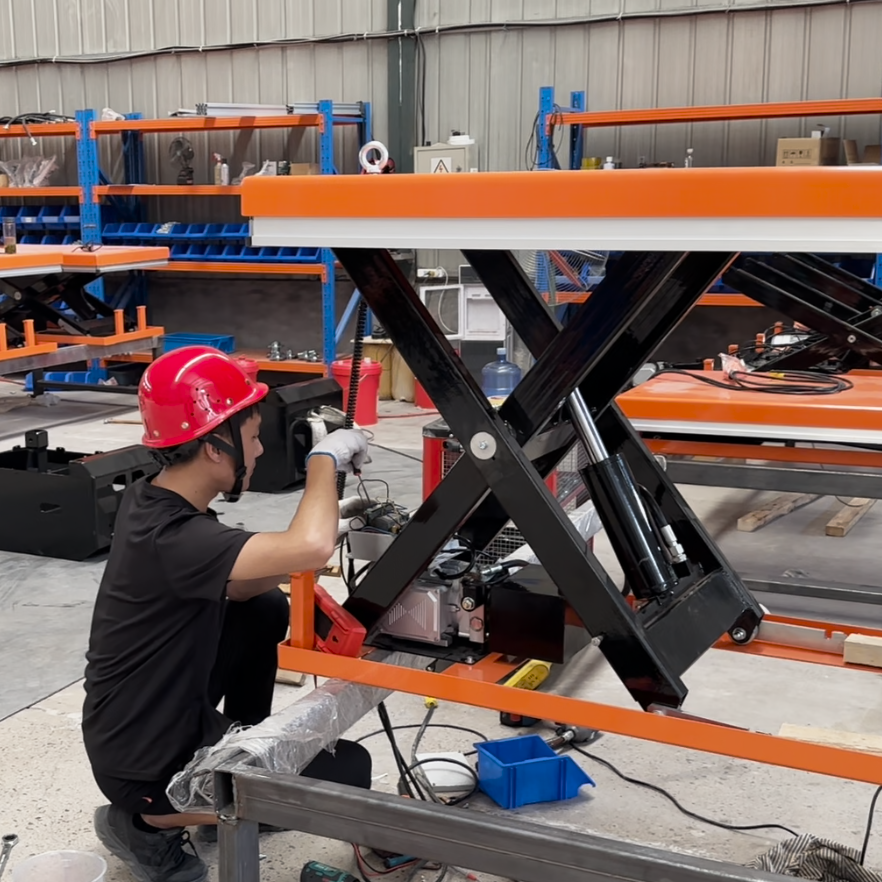
The hydraulic system of mobile scissor lift platforms is like the "life artery" of the equipment, controlling the smooth operation of the entire lift platform. Once the hydraulic system malfunctions, it will not only significantly reduce work efficiency but also pose potential safety hazards. Therefore, meticulous maintenance of the hydraulic system is of utmost importance. So, how should we carry out the maintenance specifically? I. Keep the Hydraulic System Clean Hydraulic oil is the "lifeblood" of the hydraulic system of mobile scissor lift platforms. The internal structure of the hydraulic system is highly precise, with many delicate components such as damping holes and tiny gaps. Once solid impurities invade, it may cause abrasion and jamming of precision parts, or even block the oil passages, seriously threatening the safe operation of the hydraulic system. The main ways solid impurities invade the hydraulic system include improper operation during oil filling, negligence in maintenance, and debris generated by the normal wear of hydraulic components. To effectively prevent solid impurities from entering the system, the following measures can be taken: - During Oil Filling: When filling hydraulic oil, it must be filtered, and the reliability of the oil filling tools cannot be underestimated. Do not remove the filter at the oil filling port of the oil tank just to speed up the filling process. Oil filling personnel should wear clean gloves and work clothes to prevent solid impurities and fibrous debris from falling into the oil
During Maintenance: When maintaining the mobile scissor lift platform and disassembling parts such as the hydraulic oil tank filling cap, filter cover, inspection holes, and hydraulic oil pipes, which expose the oil passages of the system, try to avoid dusty weather. The disassembled parts should be thoroughly cleaned in advance before opening. For example, when disassembling the hydraulic oil tank filling cap, first remove the dirt around the cap, gently loosen the cap, and then carefully clean the debris remaining at the joint (never rinse with water to prevent water from entering the tank). Only after confirming that it is clean can the cap be opened. If wiping materials and hammers are needed, choose those that do not shed fiber impurities and use special hammers with rubber - coated heads to avoid unnecessary damage to the components. Hydraulic components and hoses should be carefully cleaned, dried with high - pressure air, and then assembled. In addition, use genuine filters with intact packaging. Clean the filter when changing the oil, and carefully remove the dirt at the bottom of the filter housing with wiping materials before installing the filter element, creating a pure "small world" for the hydraulic system. II. Conduct Thorough Cleaning of the Hydraulic System When cleaning the hydraulic system, use hydraulic oil of the same grade as that used in the system, and keep the oil temperature between 45 - 80°C. Flush with a relatively large flow rate to remove as many impurities from the system as possible. The hydraulic system should be cleaned repeatedly for at least three times. After each cleaning, drain all the oil from the system while it is still hot. After the cleaning is completed, clean the filter, replace the filter element with a new one, and then fill it with new oil, injecting new vitality into the hydraulic system. Finally, it is crucial to emphasize that the hydraulic system of mobile scissor lift platforms must be maintained regularly without any slack. This is directly related to work efficiency and the service life of the lift platform, and should be firmly kept in mind by everyone.
Categories
Contact Us
- +86-19105479808
- Fax: +86-0537-3215808
- +86-19105479808
- sales@lifterable.com
- maray2978@gmil.com
- +86-19105479808
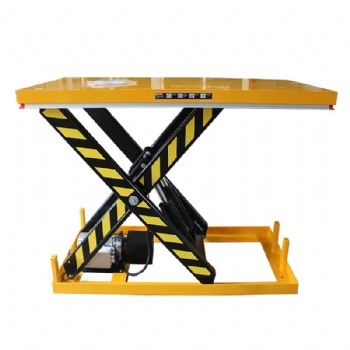
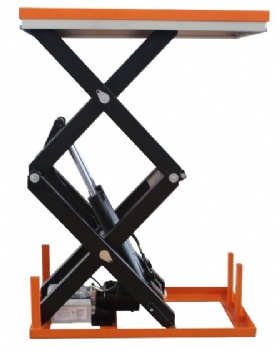
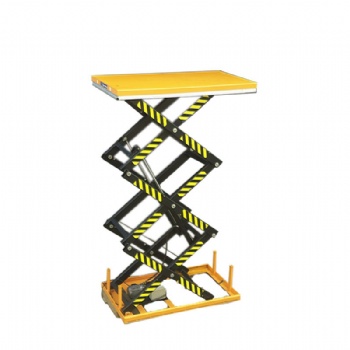
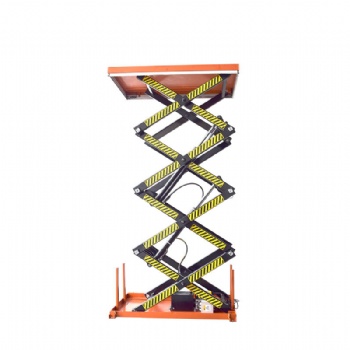
 售前客服
售前客服 Teams
Teams
